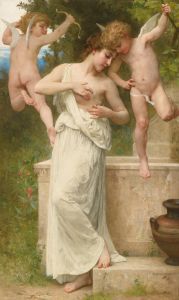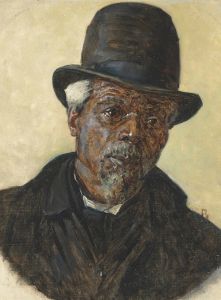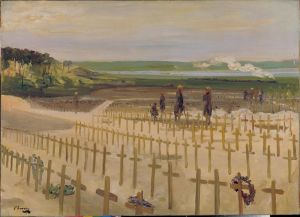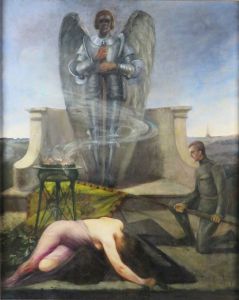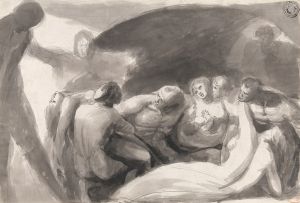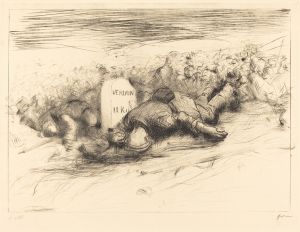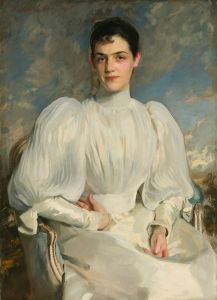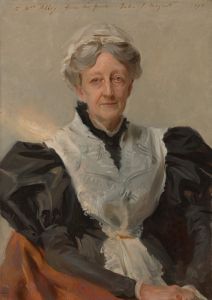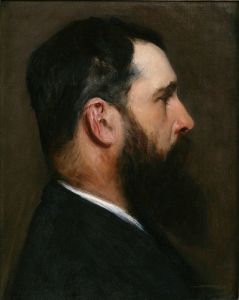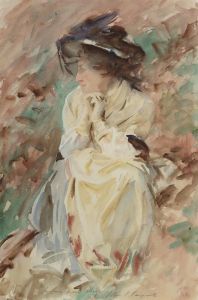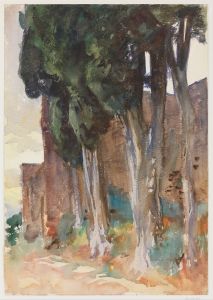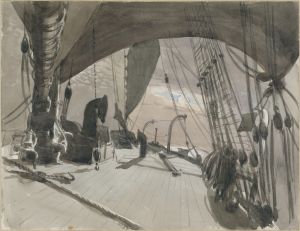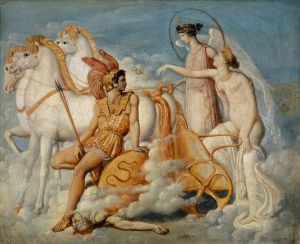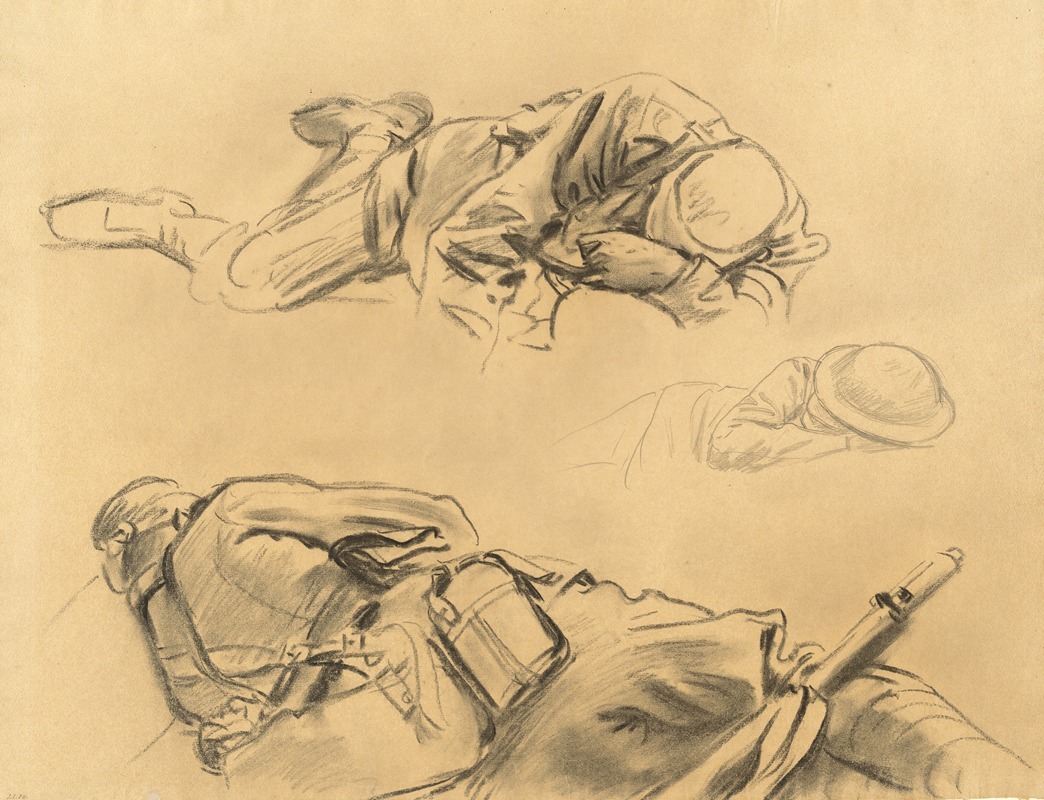
Studies for ‘Gassed’ IV
A hand-painted replica of John Singer Sargent’s masterpiece Studies for ‘Gassed’ IV, meticulously crafted by professional artists to capture the true essence of the original. Each piece is created with museum-quality canvas and rare mineral pigments, carefully painted by experienced artists with delicate brushstrokes and rich, layered colors to perfectly recreate the texture of the original artwork. Unlike machine-printed reproductions, this hand-painted version brings the painting to life, infused with the artist’s emotions and skill in every stroke. Whether for personal collection or home decoration, it instantly elevates the artistic atmosphere of any space.
"Studies for ‘Gassed’ IV" is a preparatory work by the renowned American artist John Singer Sargent, created as part of his process for the larger and more famous painting titled "Gassed." Sargent, primarily known for his portraiture, was commissioned as a war artist during World War I by the British War Memorials Committee. This commission led to the creation of "Gassed," a monumental work that captures the aftermath of a mustard gas attack on the Western Front.
"Studies for ‘Gassed’ IV" is one of several studies Sargent produced in preparation for the final painting. These studies were crucial for Sargent to develop his composition and to accurately depict the harrowing effects of chemical warfare on soldiers. The studies, including "Studies for ‘Gassed’ IV," are characterized by their detailed observation and the artist's attempt to capture the physical and emotional toll of the war.
The final painting, "Gassed," completed in 1919, is a large oil on canvas that measures approximately 231 cm × 611 cm (91 in × 240 in). It is housed in the Imperial War Museum in London. The painting depicts a line of soldiers, blinded by gas, being led to a medical station. The scene is set against a backdrop of a setting sun, which casts an eerie light over the battlefield. The composition is noted for its horizontal format, which emphasizes the endless line of soldiers and the vastness of the battlefield.
Sargent's studies, including "Studies for ‘Gassed’ IV," played a critical role in the development of this composition. They allowed Sargent to experiment with different arrangements of figures and to study the effects of light and shadow. The studies are typically more intimate in scale compared to the final work and provide insight into Sargent's working process.
The use of mustard gas during World War I was a significant and devastating development in warfare. It caused severe injuries and suffering, and its effects were long-lasting. Sargent's depiction of this aspect of the war was both a documentation and a commentary on the horrors of chemical warfare. His work, including the studies, is considered an important contribution to war art, capturing the human cost of conflict with sensitivity and realism.
"Studies for ‘Gassed’ IV" and other preparatory works by Sargent are valuable not only for their artistic merit but also for their historical significance. They offer a glimpse into the artist's method and the challenges he faced in representing such a traumatic subject. These studies are preserved in various collections and continue to be studied by art historians and enthusiasts interested in Sargent's work and the broader context of World War I art.





